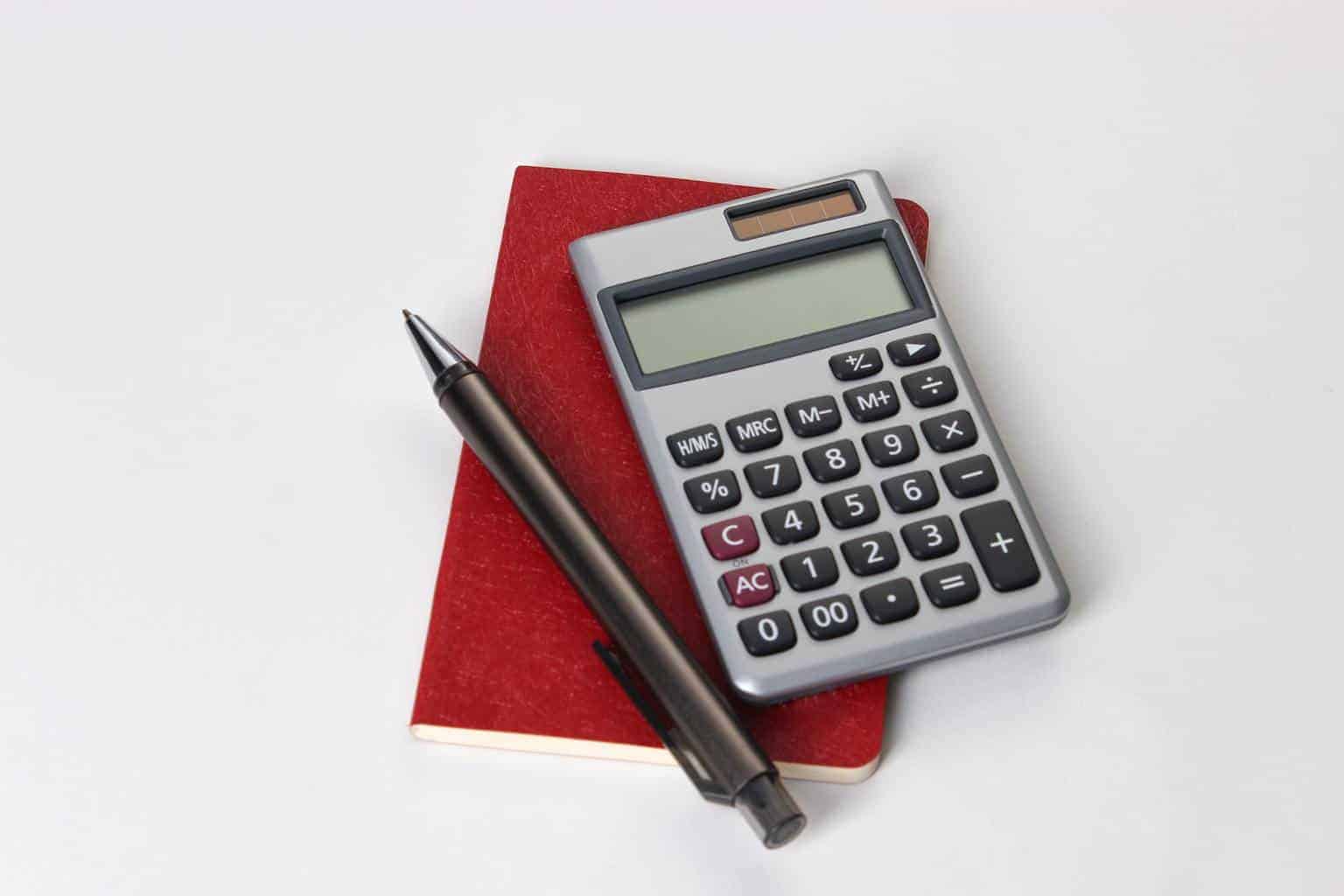We all like to think we’re above average, but when it comes to your credit score, what does “average” mean, and what constitutes a “good” credit score? Find out how your credit score compares to that of other people your age, as well as others in your state and income bracket—and what you can do to increase it.
What is the average credit score in the U.S.?
According to Experian data, the average FICO® Score in the U.S. is 711. The FICO Score, which ranges from 300 to 850, is the credit scoring model most lenders use when assessing a borrower’s creditworthiness; a FICO® Score of 711 is considered “good.”
Average credit score by age
Older people generally have higher credit scores than younger ones. That’s partly because they tend to have longer credit histories and older credit accounts, both of which can positively affect your credit score. According to Experian data, here’s the average credit score by age:
- Generation Z (age 18-23) – 674
- Millennials (age 24-39) – 680
- Generation X (age 40-55) – 699
- Baby boomers (age 56-74) – 736
- Silent Generation (ages75+) – 758
Average credit score by income
Although your income is not a factor in your credit score, there seems to be a correlation between income and credit score. According to data from the Minneapolis Federal Reserve Bank, the average credit score by income is:
- Low income (less than 50% of the median family income, or MFI) – 664
- Moderate income (50–79% of MFI) – 716
- Middle income (80–119% of MFI) – 753
- Upper income (greater than 119% of MFI) – 775
Average credit score by state
The average credit score by state varies from a high of 739 in Minnesota to a low of 675 in Mississippi.
- Alabama – 687
- Alaska – 714
- Arizona – 706
- Arkansas – 690
- California – 717
- Colorado – 725
- Connecticut – 723
- Delaware – 710
- District of Columbia – 713
- Florida – 702
- Georgia – 689
- Hawaii – 727
- Idaho – 721
- Illinois -716
- Indiana – 708
- Iowa – 726
- Kansas – 718
- Kentucky – 699
- Louisiana – 685
- Maine – 722
- Maryland – 713
- Massachusetts – 729
- Michigan – 715
- Minnesota – 739
- Mississippi – 675
- Missouri – 707
- Montana – 727
- Nebraska – 728
- Nevada – 696
- New Hampshire – 730
- New Jersey – 721
- New Mexico – 694
- New York – 719
- North Carolina – 704
- North Dakota – 730
- Ohio – 712
- Oklahoma – 690
- Oregon – 727
- Pennsylvania – 720
- Rhode Island – 720
- South Carolina – 690
- South Dakota – 731
- Tennessee – 697
- Texas – 688
- Utah – 723
- Vermont – 732
- Virginia – 718
- Washington – 731
- West Virginia – 695
- Wisconsin – 732
- Wyoming – 719
Average credit score by year
After remaining fairly steady for a decade, the average FICO Score increased significantly in the past year.
- October 2005 – 688
- October 2006 – 690
- October 2007 – 689
- October 2008 – 689
- October 2009 – 686
- October 2010 – 687
- October 2011 – 689
- October 2012 – 689
- October 2013 – 690
- October 2014 – 694
- October 2015 – 696
- October 2016 – 699
- October 2017 – 701
- October 2018 – 705
- October 2019 – 703
- October 2020 – 711
Source: FICO and Experian (Data up to 2018 is from FICO. Data 2019-2020 is from Experian.)
Average credit score of homebuyers
The average FICO® Score among Americans with a home loan is 753, according to Experian data.
States’ credit score rankings
Wondering which states have the highest and lowest average credit scores? Here’s a closer look at the numbers.
The states with the highest average credit scores
The 10 states with the highest average credit scores are:
- Minnesota – 739
- Vermont – 732
- Wisconsin – 732
- South Dakota – 731
- Washington – 731
- New Hampshire – 730
- North Dakota – 730
- Massachusetts – 729
- Nebraska – 728
- Hawaii – 727
The states with the lowest average credit scores
The 10 states with the lowest average credit scores are:
- Mississippi – 675
- Louisiana – 685
- Alabama – 687
- Texas – 688
- Georgia – 689
- Arkansas – 690
- Oklahoma – 690
- South Carolina – 690
- New Mexico – 694
- West Virginia – 695
What is a Credit Score?
A credit score is a three-digit number that indicates how likely you are to default on your debts. Credit scores are generated using the information in your credit report—a history of your lifetime experience managing debt, such as credit cards and loans.
The three major consumer credit bureaus (Experian, TransUnion, and Equifax) maintain consumer credit reports based on information supplied by lenders and creditors. Computer programs called credit scoring models perform a statistical analysis of the data in your credit report to calculate a credit score. In the most common credit scoring models (FICO Score and VantageScore), a credit score can range from 300 to 850.
How Can You Build Your Credit?
A higher credit score can make it easier to get approved for credit and to qualify for lower interest rates on credit cards and loans. If you’d like to improve your credit score, there are four key steps you can take.
1. Perform a Credit Checkup
Check your credit score to see where you stand. Get a copy of your credit report and review it to make sure it’s accurate and includes all your credit accounts. Experian CreditWorks is an easy way to check your credit score and credit report for free.
2. Correct Credit Report Errors
If you see something wrong on your credit report, you can file a dispute with the credit bureau to request a correction. Visit the website of the relevant credit bureau to start this process.
3. Make Payments on Time
Your payment history is a key factor in your credit score, accounting for 35% of your FICO Score. If you have any past-due payments, bring these accounts current right away. To ensure future payments are timely, consider setting up automatic payments for your credit accounts. You can also sign up for Experian BoostTM, a free service that reports your on-time utility, phone, and streaming service payments to credit bureaus. These accounts aren’t normally part of your credit report, so if you pay on time, adding them can help improve your credit score.
4. Pay Off Your Credit Card Debt
Your credit utilization ratio, or the amount of available credit you actually use, accounts for 30% of your FICO Score. Using more than 30% of your available credit can have a negative impact on your credit score, so if you have high credit card balances, pay them down. If you have a credit card with a $3,000 limit, for example, keep the balance under $1,000. The lower your balance is, the better for your credit score; ideally, try to pay off all your credit card balances in full each month.
FAQs About Average Credit Scores
Across all age groups and locations, the average person’s credit score is 711, using Experian data and the FICO Score credit scoring model.
The average U.S. credit score is 711.
Depending on the type of mortgage loan you’re looking for, you may be able to buy a house with a credit score as low as 500. However, the average U.S. homeowner with a mortgage has a FICO® Score of 753, according to Experian.
There isn’t a credit score range considered “average.” In the VantageScore credit scoring model, a score between 601 to 660 is considered “fair”: in the FICO Score model, a score between 580 and 669 is considered “fair.” However, the average FICO Score in the U.S. falls into the “good” range. Even in the state with the lowest average credit score, Mississippi, the average FICO Score of 675 is still “good.” In this case, “average” is much more than average.
There are different credit scoring models, but the most commonly used is the FICO® Score, which ranges from 300 to 850. A FICO Score of 670 to 739 is considered “good.” The most recent VantageScore credit scoring models, 3.0 and 4.0, also range from 300 to 850; a VantageScore range of 661 to 780 is considered “good.”







